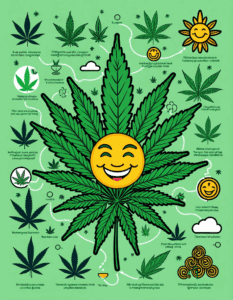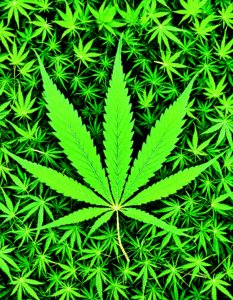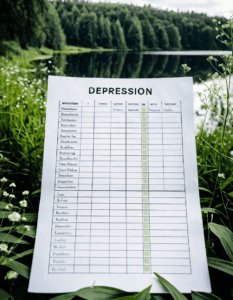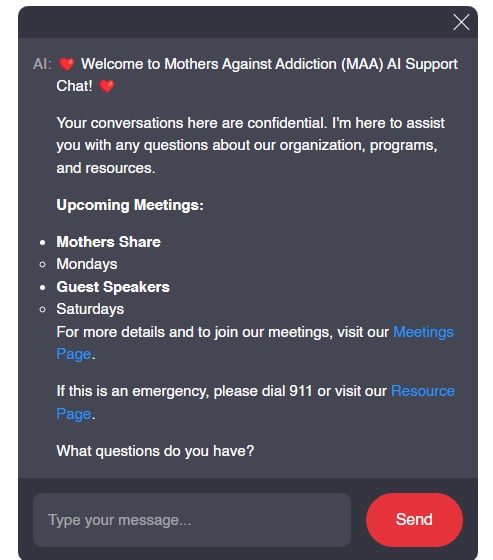Marijuana, often a hot-button topic, brings with it a swirl of emotions and opinions. So, what is marijuana, really? It’s much more than just a substance people smoke or consume in edibles. The intricate relationship we have with this plant reveals layers of science, personal stories, and societal challenges. As a community dedicated to supporting parents affected by addiction, including those who have lost children to substance abuse, we’re here to discuss these complexities with both compassion and clarity.
Marijuana, or weed as it’s sometimes called, is made up of over 100 compounds, but two stand out: Tetrahydrocannabinol (THC) and Cannabidiol (CBD). THC is the compound that gets users high, impacting mood and memory through interaction with cannabinoid receptors in the brain. In contrast, CBD has grown popular for its medical applications without the typical intoxicating effects. Research from esteemed institutions like the National Institute on Drug Abuse emphasizes that these compounds interact differently with our bodies, often leading to varied effects based on users’ demographics and personal circumstances.
Understanding “What is marijuana?” leads us to explore its diverse effects across different age groups. A recent study published in the journal Addiction highlighted that younger people, particularly adolescents, are at risk of developing cognitive impairments when using marijuana. On the other hand, senior citizens often turn to marijuana for pain relief, discovering it can enhance their overall quality of life. The narrative is not as straightforward as one might think—some high-profile celebrities, like Seth Rogen, have praised cannabis for boosting creativity, but they also recognize the potential pitfalls associated with its use.

Exploring How What Is Weed Affects Different Demographics
Marijuana affects varying groups in uniquely striking ways. The same 2023 study showed that while adults may use marijuana recreationally without severe repercussions, adolescents tend to experience significant mental health issues and cognitive decline as a direct result of cannabis use. Since their brains are still developing, the risks associated with marijuana for teens (what is weed, in their world) are much more profound.
Conversely, many senior citizens find comfort and relief through marijuana, often treating chronic pain or anxiety. This duality represents a societal nuance; while some creatively leverage marijuana’s potential, others face dire consequences from its use. For families grappling with addiction, these differences are crucial. The reality is that marijuana, often viewed as benign, can lead to pathways toward harder substances, revealing an unsettling truth.
Combining personal experiences with empirical data creates a fuller picture. When celebrity voices like Seth Rogen and community members speak openly about marijuana, it sheds light on an often glamorized yet deeply complicated existence. They balance discussing positive creative effects while also acknowledging the risks and shortcomings of cannabis use, urging caution. Understanding how these narratives shape public perception is essential in our conversation.

What Are Edibles? The Growing Trend and Its Impact
In recent years, edibles have surged in popularity, transforming how consumers interact with marijuana. So, what are edibles? They are food or drink products infused with cannabis, such as gummy candies or beverages, providing a new avenue for consumption. For example, Wana Brands offers gummy bears that appeal to many, while Keef has crafted sparkling beverages infused with THC for a refreshing twist.
However, caution is necessary with edibles as their potency can vary tremendously, leading to unintentional overconsumption. The potential dangers came to the forefront when emergency room visits related to edible consumption spiked after legalization in several states. Parents, particularly, may not fully grasp the risks associated with these products. Recognizing that what is marijuana consumption can encompass far more than typical methods of use is vital for families facing the realities of addiction.
Navigating this change connected to edible consumption also brings forth challenges for parents. Educating themselves about dosage and ensuring that their children make informed decisions is paramount. It can no longer be assumed that marijuana is just a plant—understanding its expanding reach into products like edibles is critical in preventing potential crises.
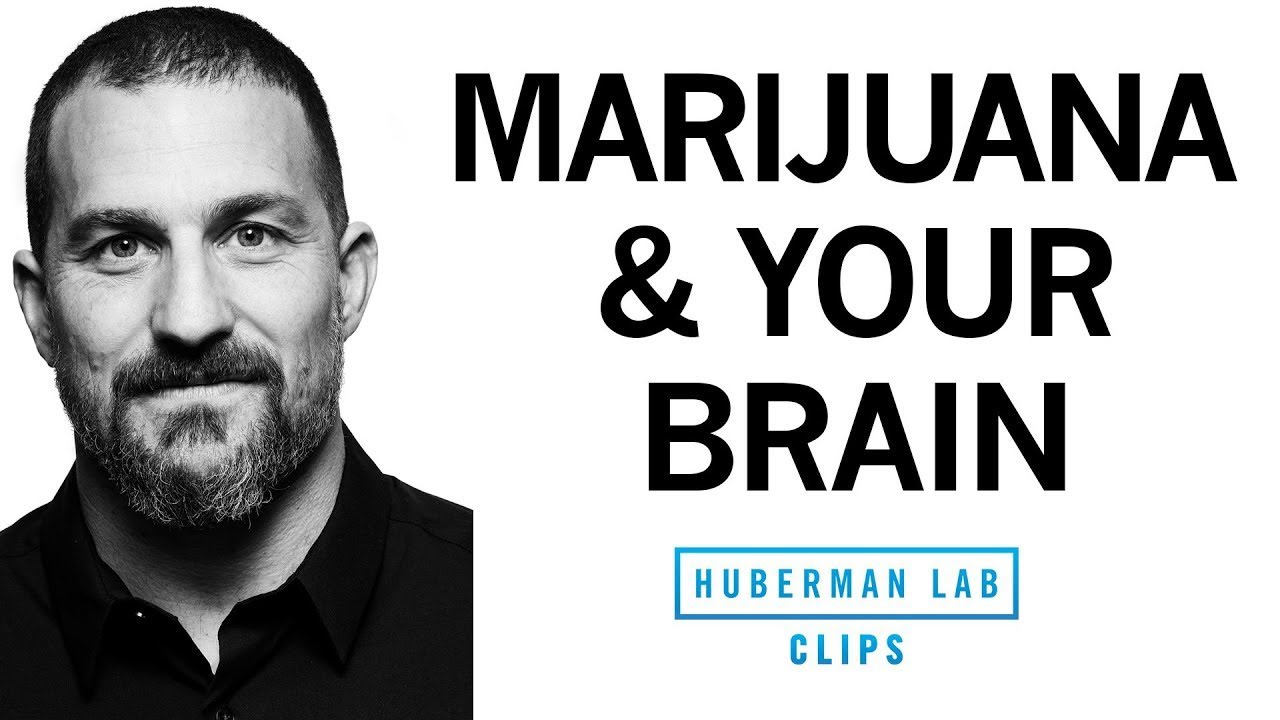
The Ripple Effect: Comparing Marijuana and Heroin Usage
When comparing marijuana to heroin, the contrast between the two substances unveils a more nuanced conversation. Many view marijuana as harmless compared to the devastation associated with heroin. Surprisingly, data from the Substance Abuse and Mental Health Services Administration (SAMHSA) indicates increasing numbers of individuals transitioning from marijuana to harder drugs like heroin. This trend is prevalent within vulnerable populations who may seek an escape from trauma or mental health struggles.
Substance use runs the risk of escalation. Families often witness shifts from what is simply pot use to more severe addiction issues involving stronger substances. Anecdotal evidence from addiction counselors illustrates patterns where individuals begin with marijuana only to find themselves trapped in the vicious cycle of opioid dependency. The journey from cannabis to opioids is often twofold, merging psychological issues with social influences.
The reality is stark; the stories we sometimes dismiss serve as potent warnings. Take, for example, families who lost loved ones after their marijuana use spiraled out of control. The misconception that marijuana use doesn’t lead to addiction lulls parents into a false sense of security, often preventing crucial early interventions. As a community, it’s imperative that we shed light on this issue, advocating for effective support systems for those caught in these dangerous pathways.
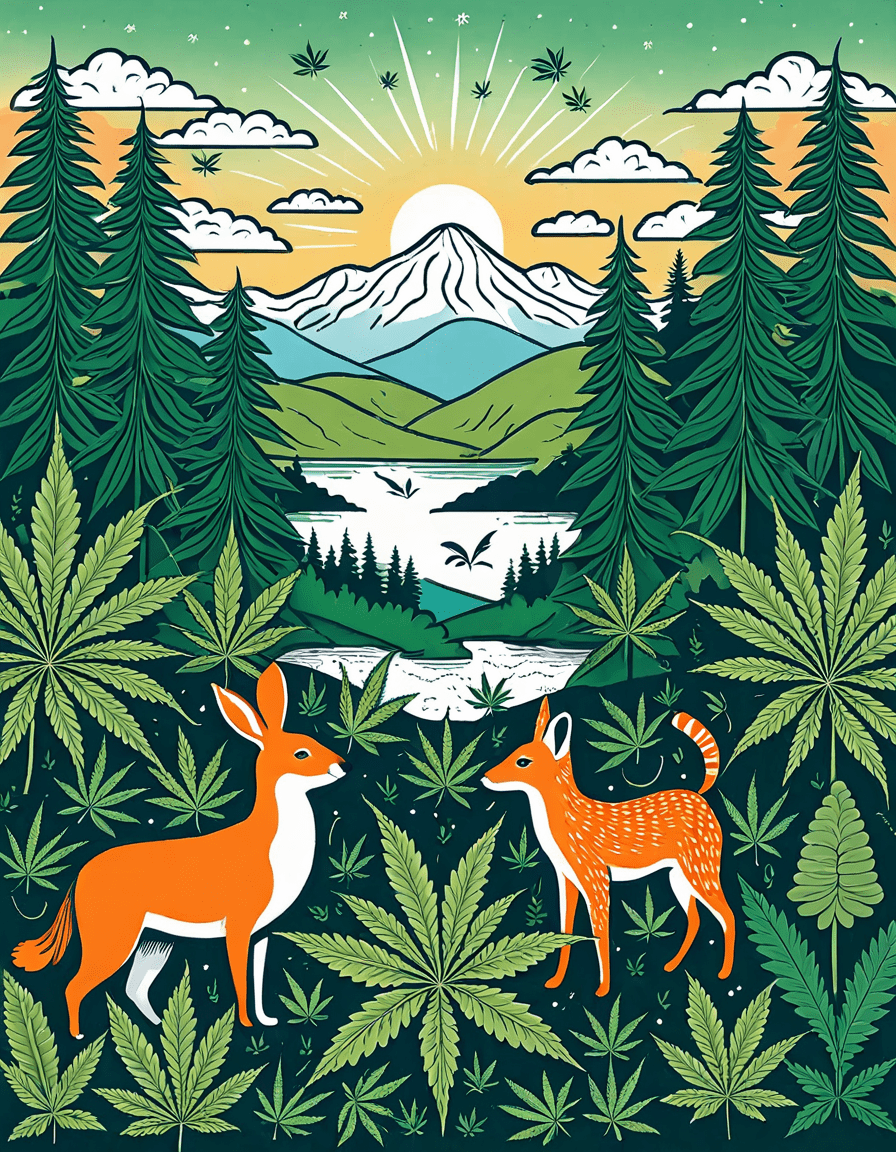
Real-world Stories: The Voices Behind the Statistics
Numbers tell one story, but real-world experiences breathe life into the statistics. Conversations with parents reveal heartbreaking realities about building addiction that traces back to what seemed like harmless usage. One mother shared her journey with a child who initially consumed a popular weed-infused gummy but eventually fell into addiction, causing untold pain and, ultimately, loss. Her story echoes the urgent need for families to realize that even seemingly innocent use can evolve tragically.
Time and again, we hear how addiction creeps in when one least expects it, often paralleled in media portrayals around addiction, such as the gut-wrenching tales found in shows like Grey’s Anatomy. When discussing what is marijuana, these narratives can feel all too poignant, as they remind us of the fragility of life and the seriousness of addiction.
Such personal accounts illustrate that addiction isn’t just numbers or broad studies. It’s the heartbreak of families, lost hopes, and shattered dreams. The stories connect us all, urging dialogue and awareness. As we listen, we build a foundation for change.
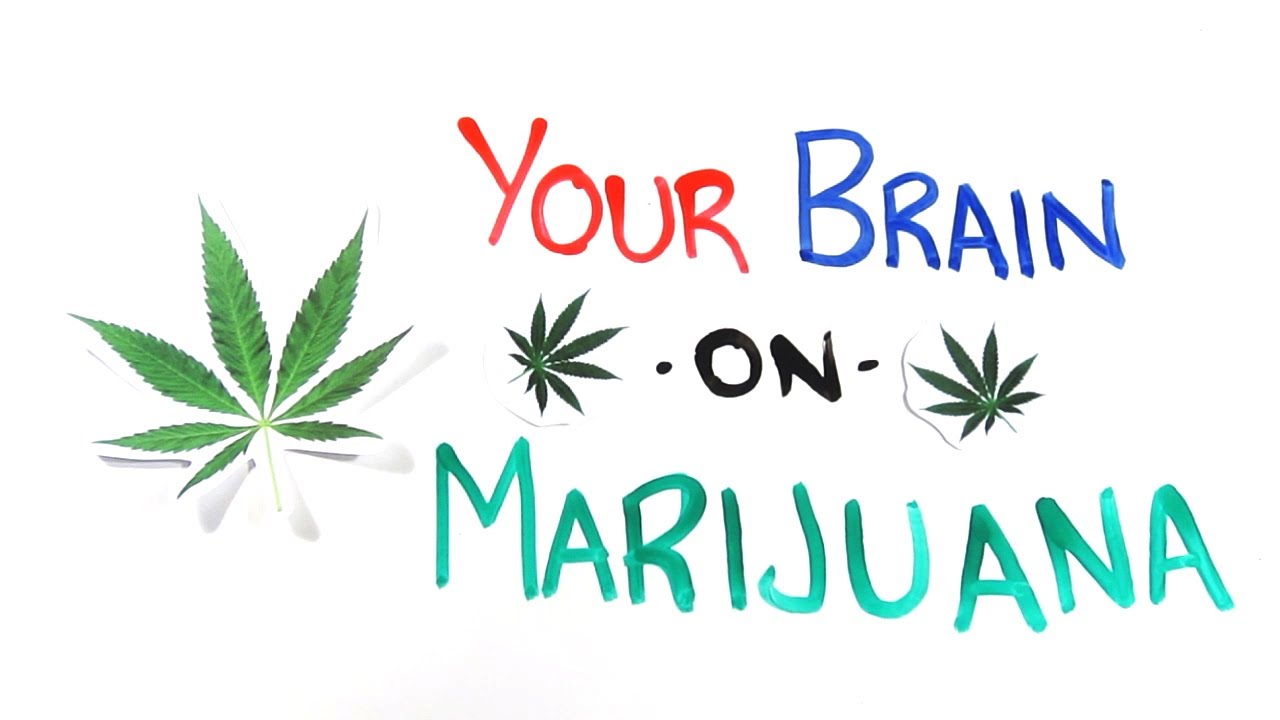
Legislative Landscape: How Laws Shape Perception and Use of Marijuana
The evolving laws on marijuana shape societal views and consumption habits. With regions like California offering progressive regulations, it’s essential to consider the legal frameworks opposing places like Idaho, where prohibition remains stringent. These contrasting environments influence public health, safety, and potential addiction rates, painting a complex picture around marijuana’s role in society.
Discussing what is marijuana necessitates understanding these legislative landscapes and their implications. In areas where cannabis is legalized, many believe it leads to medical advancements and personal freedoms. However, it may also exacerbate existing issues, contributing to increased access among youth. Parents’ involvement in advocating for responsible legalization and education is critical in safeguarding younger generations.
Through awareness and advocacy, we can help craft more informed legislation. This ensures that regulations encompass safety, education, and health considerations. For parents witnessing their children navigate these changes, active involvement in the dialogue can foster safer environments.
Future Directions: What Lies Ahead for Marijuana Research and Societal Understanding
As we embrace the future of marijuana research, opportunities for growth and understanding abound. Emerging studies hint at therapeutic benefits for conditions like PTSD and anxiety—discussions relevant to parents invested in holistic treatment avenues. Treating marijuana and its potential risks within mental health contexts encourages thoughtful engagement in its applications.
Treatment facilities are also evolving. Many are exploring ways to integrate marijuana responsibly into recovery programs, pairing it with stricter monitoring. However, caution is vital; we must remain aware of its addictive properties while also recognizing the potential for rehabilitation. By celebrating healthy usage and acknowledging risks, we pave paths for balanced conversations around cannabis in treatment settings.
The journey toward acceptance and understanding extends beyond just cannabis. In envisioning the future of personal and community health, society must remain open to scientific insights, personal tragedies, and their implications. Understanding how to balance the conversation around marijuana with compassion forms a solid foundation for effective support for those affected by addiction.
Embracing the Complexity of Marijuana’s Impact
Navigating the multifaceted relationship with marijuana—from scientific facts to personal hardships—reveals its profound impact. Throughout this exploration, the question of what is marijuana has evolved, highlighting nuances that warrant deep understanding. For families grappling with addiction, what lies beneath the surface allows for meaningful discussions about safety, prevention, and support.
The road ahead requires us to foster unity and compassion. By sharing stories and understanding unique experiences, we can break down barriers around communication and education. Together as a community, we can build resources, advocate for comprehensive education, and ensure healthier pathways for our children and loved ones.
Join us at Mothers Against Addiction as we support one another on this journey of resilience, empathy, and hope—because every story matters, and every voice deserves to be heard.
What Is Marijuana?
When we ask, “What is marijuana?” most folks jump to thoughts of smoke-filled rooms or scenes from their favorite shows. Speaking of shows, did you know that Grey’s Anatomy has tackled the topic of marijuana use in various episodes, reflecting evolving societal views on the herb? Marijuana comes from the cannabis plant and contains compounds called cannabinoids, which interact with our body in intriguing ways. One of the most famous cannabinoids is THC, which is responsible for the plant’s psychoactive effects—essentially what gets folks high. This relationship between the substance and our bodies has sparked quite the debate, especially when discussing its impact on mental health and social engagement, mentioned in tools like the Social Responsiveness scale.
Transitioning back to its roots, marijuana has been part of human history for thousands of years, used for medicinal and recreational purposes alike. It’s interesting to think about how cultural perceptions shift over time; much like our views on Juvenile justice have evolved. Nowadays, many states are re-evaluating their stance on marijuana, leading to legislation that reflects modern understanding. Interestingly, marijuana’s role is often compared to that of alcohol, stirring the conversation about its safety, especially when we consider the comparisons to What Is alcohol.
And here’s a fun fact: regions where marijuana is legalized have reported decreased opioid prescriptions, making a compelling case for its potential benefits in pain management. Meanwhile, discussions about related substances and their implications continue, including how the Fda approaches regulation of both marijuana and other drugs, showing just how interconnected these issues are. So, when we quiz ourselves on what is marijuana, it’s essential to consider its evolution, medicinal benefits, and the ever-changing landscape of public perception in light of science, statistics, and even pop culture references like Apple’s portrayal of films that touch on such topics, as seen in Apple Movies.
Ultimately, understanding what is marijuana is about more than answering a simple question; it’s about grasping a complex interplay of culture, health, and societal norms. Folks interested in the science of everything would do well to look into the drug names and various strains that have emerged with medical claims—a testament to the growing interest in how marijuana can lead to change. Just like a Sewage Spill that closes beaches, which can make you think twice about recreational choices, the discussion surrounding marijuana continues to evolve and shape our communities. So, whether you’re a seasoned user or just curious, there’s always more to discover about marijuana and its potential effects on society.



